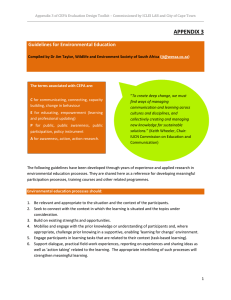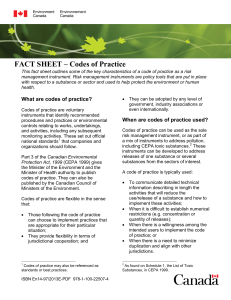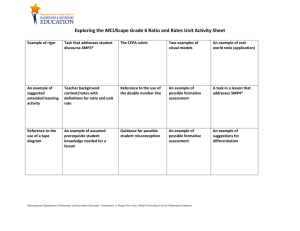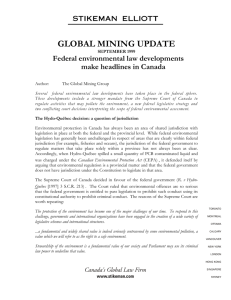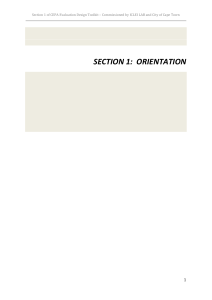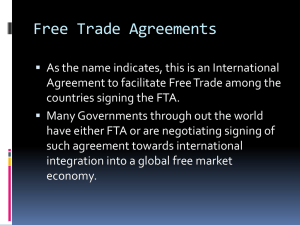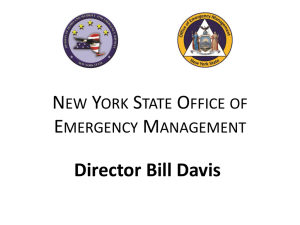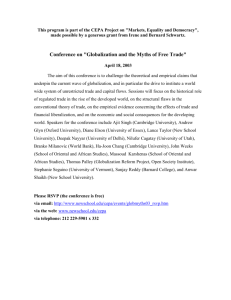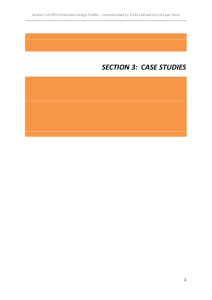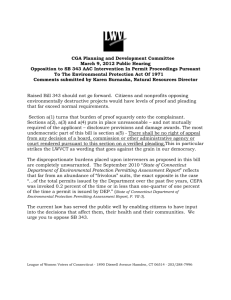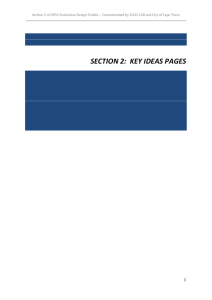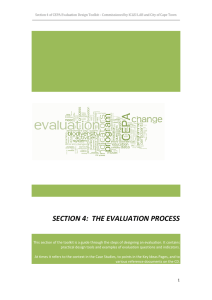Document 10392765
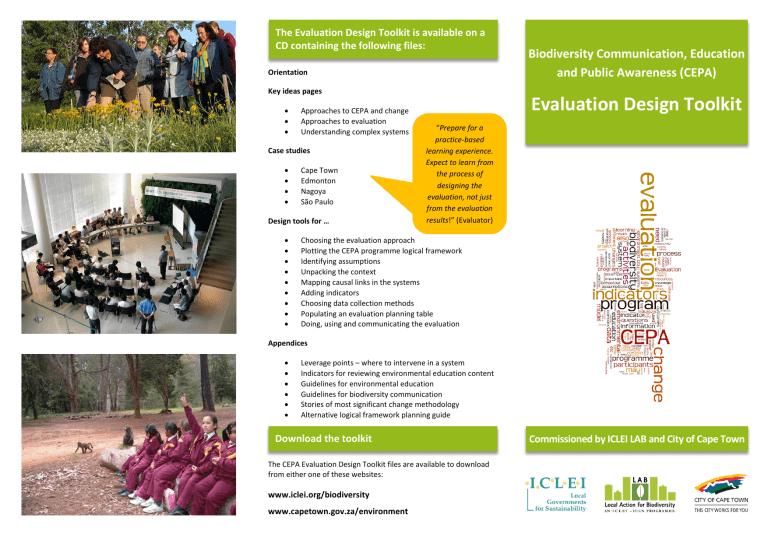
The Evaluation Design Toolkit is available on a
CD containing the following files:
Orientation
Key ideas pages
• Approaches to CEPA and change
• Approaches to evaluation
• Understanding complex systems
Case studies
• Cape Town
• Edmonton
• Nagoya
• São Paulo
Design tools for …
“Prepare for a practice-based
learning experience.
Expect to learn from the process of designing the evaluation, not just from the evaluation
results!” (Evaluator)
• Choosing the evaluation approach
• Plotting the CEPA programme logical framework
• Identifying assumptions
• Unpacking the context
• Mapping causal links in the systems
• Adding indicators
• Choosing data collection methods
• Populating an evaluation planning table
• Doing, using and communicating the evaluation
Appendices
• Leverage points – where to intervene in a system
• Indicators for reviewing environmental education content
• Guidelines for environmental education
• Guidelines for biodiversity communication
• Stories of most significant change methodology
• Alternative logical framework planning guide
Download the toolkit
The CEPA Evaluation Design Toolkit files are available to download from either one of these websites: www.iclei.org/biodiversity www.capetown.gov.za/environment
Biodiversity Communication, Education and Public Awareness (CEPA)
Evaluation Design Toolkit
Commissioned by ICLEI LAB and City of Cape Town
Introducing a new resource
ICLEI Local Governments for Sustainability and the City of Cape Town collaborated to produce a toolkit that will assist CEPA managers, practitioners and partners in planning the evaluation of their biodiversity communication, education and public awareness programmes. Four local governments - Cape Town, Edmonton,
Nagoya and São Paulo - contributed case studies. These illustrate the kinds of contexts in which the practical planning tools can be applied.
“It is not enough to tell people about biodiversity and the threats it faces in order to bring about positive change.
The changes required will not come about by rational individual choice but require those in the field of biodiversity to start thinking differently about using communication, education and public
awareness.” (ICLEI LAB)
“At the end of each project that we work so hard to set up, I wonder why we haven’t got the
results we wanted.”
(CEPA Manager)
What makes this CEPA evaluation toolkit different?
While there are many tools and indicators for the evaluation of biodiversity outcomes and benefits, and many tools to use in the evaluation of CEPA programmes, there are few guidelines on how to develop indicators for the intended educational and social change outcomes of CEPA programmes. This resource does just that. It assists users in designing an evaluation that is tailor-made for their
CEPA programmes, with both qualitative and quantitative indicators.
Also significant is that it addresses the limitations of linear log-frame planning, recognising that CEPA programmes involve complex social
systems that cannot be evaluated in the same way that we monitor biophysical systems.
1. Choosing the evaluation approach
• The classic approach is to design a CEPA programme, implement it, then evaluate. In developmental evaluations, CEPA programmes are implemented in a continuous spiral of learning with evaluation integrated throughout.
7. Choosing data collection methods
• Social processes like CEPA programmes require social science tools to gather data and develop case studies.
Methods like observations, interviews, focus group discussions and questionnaires are compared for their strengths and limitations .
2. Plotting the CEPA programme logic
• It is useful to start with an outline of the programme logic of change: What impact do we want? What outcomes will lead to this impact? What outputs and activities can help us achieve these outcomes? What resources do we need for these activities? By deciding on these elements and lining them up in a linear fashion, we create a logical framework (log frame) of how we think the programme will work.
3. Identifying assumptions
• Here we recognise that the connections between the elements of the logical framework are assumptions. We similarly have many other assumptions about our interventions and the context in which they play out.
By recognising this, we can ask double-loop evaluation questions, and learn more about why our programmes work well, or not.
4. Unpacking the context
• Each CEPA programme is part of a particular ecological context and an institutional and political system. It can be affected by economic contexts at various levels - local, national and global. Cultural and educational factors can influence how it is approached, and received. Evaluation questions about the role of the context therefore provide insights for improving CEPA.
5. Mapping causal links in the system
• The linear change model is useful but has limitations. A systems map reminds us of the interconnections between multiple variables that influence CEPA programmes and their outcomes. In this step we draw a simple systems map with causal loops and consider associated evaluation questions.
6. Adding indicators
• Here we suggest a process for developing indicators, to answer the range of the evaluation questions developed in previous steps. The Toolkit provides examples of different types of indicators that could be suitable for adaptation in a particular CEPA programme.
8. Populating an evaluation planning table
• This step involves inserting the results of all previous steps into a simple table that becomes the basis for resourcing and managing the evaluation process.
9. Doing, using and communicating the
evaluation
• Embark on the evaluation, and learn more about the
CEPA programme. At the same time, learn more about evaluation processes, and take the learning into the next evaluation. This step involves special attention to how indicators and other evaluation findings are communicated to intended users.
“It would be brilliant for every single educator to do this process, rather than following what they’ve
always done before.”
(CEPA Manager)
“Here’s a process whereby you, with your particular stakeholders, can develop indicators in
your own context.”
(Evaluator)
